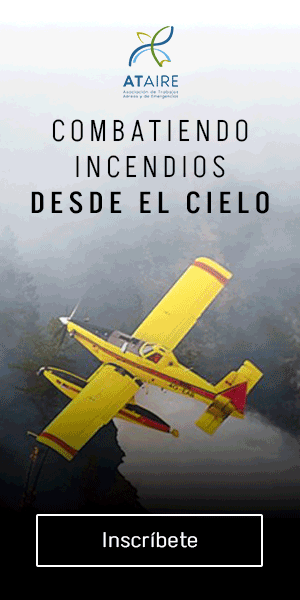
¿Qué opina la Honorable Deborah Hersman sobre la fatiga de las tripulaciones?. La máxima responsable de la seguridad de los distintos modos de transporte en EE.UU., la directora de la NTSB hace públicas sus intervenciones durante el año en distintos foros. Nos ha parecido que viene muy al caso escuchar directamente cúal es su opinión sobre la fatiga. Sin el menor ánimo de compararla con la "homóloga"-con todas las comillas del mundo- Secretaria General de Transportes española… pues se trata de parámetros humanos en el desempeño de sus funciones públicas, de imposible comparación, y de "just culture level" 10 a 1 siendo generosos…
Chairman Deborah A.P. Hersman
National Transportation Safety Board
Addressing Pilot Fatigue
Air Line Pilot Association Seminar on Part 117
New Orleans, Louisiana – March 20, 2012
(Remarks Prepared for Delivery)
Thank you, Captain Moak, for that gracious introduction and for inviting me to join you today. It is great to be here with ALPA, FAA, Airlines for America, as well as with key stakeholders to discuss part 117, the new regulation on Flightcrew Member Duty and Rest Requirements.
This is an important day for aviation safety. I commend the FAA for bringing this rule to fruition; it was a long-time coming. We all know the debate surrounding the rule is nearly as old as commercial aviation – the earliest "science-based" fatigue arguments were made in the 1930s.
Fatigue has been on the NTSB's Most Wanted List since 1990. Over the years, we repeatedly called on the FAA to develop a comprehensive science-based rule for flight and duty time and to require carriers to implement fatigue risk management programs.
The last time the FAA tried to update its flight and duty time regulations was in 1995. This time was different. Now, we all accept that fatigue can degrade every aspect of human performance and adversely affect flight safety.
Here's what we also know: this new rule is a big improvement over the previous rule. It is a step forward in its consideration of the factors that can lead to fatigue. And, it is a step forward in addressing the human need for restorative rest.
Does it have everything we have called for in our recommendations?
No.
We see two major omissions in part 117. I won't dwell on these since we are here today to move forward in assuring there are rested, more alert pilots in cockpits. But, I will say we were disappointed with the exclusion of cargo operators. Science does not support allowing longer duty hours for certain subgroups. The payload may be different; but the pilot's vulnerability to fatigue remains constant.
Two, the rule does not address pilot domiciles and commuting. ALPA has said that about 60 percent of pilots are commuters. We asked for steps beyond training and guidance to help pilots who commute get adequate rest. We sought additional focus on the company's responsibilities to help manage fatigue risks from commuting pilots.
But, on the positive side, the rule provides flexibility for operators to work on a case-by-case basis with the FAA to address unique operational challenges, while still mitigating fatigue risks.
It was nice to get that rule on December 21 – how appropriate that it arrived on the Winter Solstice, the shortest and sleepiest day of the year.









